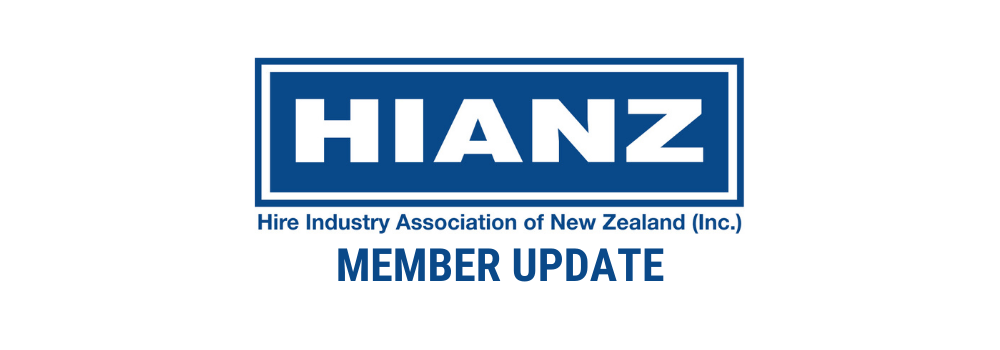We want to raise the awareness of trailer winch inspections as part of a post and pre-hire inspection.
Winches are typically found on transport trailers and some compactor trailers. You may have a manual crank type winch or an electric winch.
Winch wire or rope can be easily damaged. Some of the causes are:
- Excessive force applied over the rating of the wire/rope,
- Kinking or “tying knots”,
- Rubbing of the wire/rope on a different surface.
Things you should consider for trailers fitted with winches:
- Winches should have a maximum capacity in KG clearly displayed.
- You should make a note on the hire contract that will then get the customers’ signature on, confirming they have been told the maximum capacity of the winch.
- You or your staff should NOT provide winching advice other than the basics for the operation of the winch attached. If a customer wants advice on how to carry out a particular winch operation, you should look to defer them to a competent person holding a certificate of training or qualification in winching operations.
- Winches, their wire/rope and hook/fittings should be at a minimum 1.5 times the rating you display on the winch – i.e. winch is rated to 1500kg, your displayed rating should be 1000kg.
- Winch wire/rope quantity should match the manufacturers’ recommendations and should not extend past the end of the trailer or its fitted ramps. (Reduces the chances of the winch wire being damaged or used outside its capacity)
Post and Pre-hire inspection:
- At the end of every hire, the winch wire/rope should be pulled right out and inspected for damage prior to closing the contract.
- At the handover and familiarisation to a new customer, the winch wire/rope should be pulled right out to show the current condition.
- Pre-hire inspection of the winch, wire/rope and any fittings should take place as part of a pre-hire inspection. Look for:
- Broken strands on the wire or rips, fraying or cuts in the strap/rope.
- Heat marks on the wire or rope.
- Excessive stretch of the wire/rope (create a mark on the trailer at the full extent of the wire/rope and check each time that it does not go past this mark).
- Sharp kinks in the wire.
- Knots in wire/rope.
- Stretching and/or cracks of the hook or clip at the end of the wire/rope.
- The crimp ferrules at either end (if used) are intact and have sufficient wire/rope at the tail (free end).
- Any splice, bend, loop, eye, shackle and any other fittings have no deformity or cracking.
- The Winch mechanism should be clean of dirt and excessive buildup and lubricated.
- If the winch mechanism is deformed or damaged it should be removed from the trailer.
- Winch wire can be sprayed with a lubricant to provide corrosion protection.
There may be further steps you wish to take to ensure the safety of your customers and upkeep of maintenance and operation of your winches.
Please reach out if you need further advice or support on this matter.
Kind regards,
Rodney Grant / CEO
Hire Industry Association of New Zealand (Inc.)

